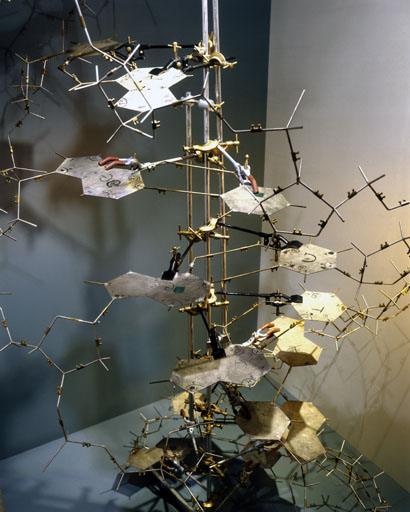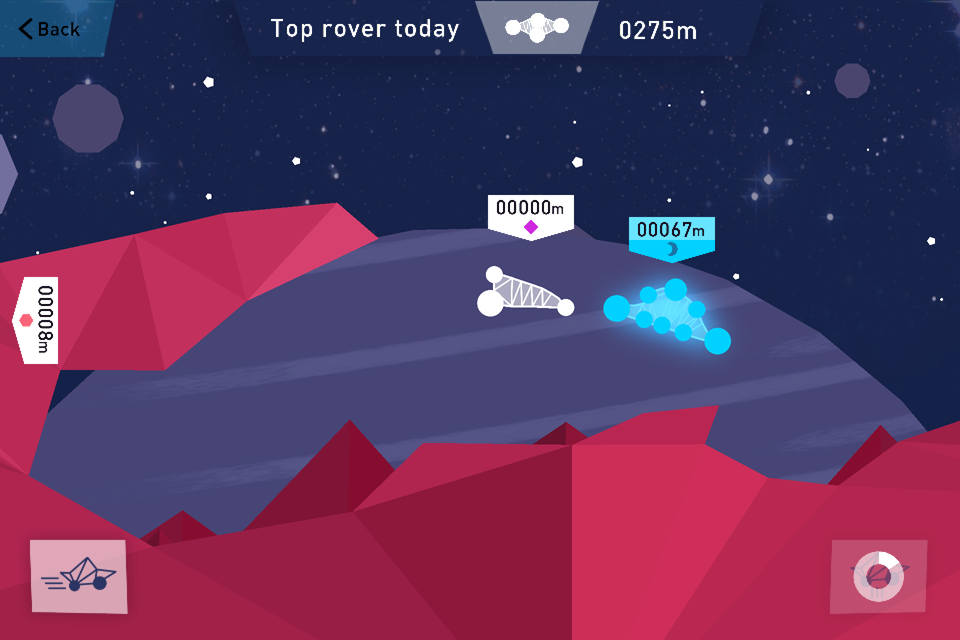What is gratifying about the rise of digital technologies is that we can not only understand how we engage with our audiences, we can reach new audiences. Even better, these audiences are global and they are growing all the time.
In the case of the Science Museum Group, 10.8 million visits in 2014/15 to 12.5 million in 2015/16, a rise of 15 per cent. The Science Museum dominates the traffic with 8.5 million visitors, which is not a surprise given it is the most Googled museum in the world, and we have recently seen a remarkable surge in in traffic to the National Railway Museum’s website, from 1.1 million visits in 2014/15 to 2.1 million in 2015/16, reflecting the unquenchable interest in the Flying Scotsman.
Today we are publishing the Science Museum Group Digital Strategy which outlines a three-year programme of digital activity that will transform how our audiences experience the four museums in the group digitally. This blog post outlines some of our thinking behind the strategy and highlights some of the questions we are thinking about.

Historically, the museum experience has begun and ended with the entry and exit of a physical visit. In the digital age, digital channels are increasingly a component of all visits:
- the visitor who checks opening times and purchases tickets online;
- the visitor who learns through a interactive digital exhibit;
- the pupil who uses an museum-authored learning resources in their classroom;
- the child who plays one of the museums’ mobile games on a long car journey;
- the social media follower who watches a YouTube video, sees a tweet or reads an blog post from the Museum;
- the researcher who explores museums’ digitised collection and scholarly publications online;
- the student who reads about the museum’s collections on Wikipedia or searches for it on Google;
- the enthusiast who contributes to one of the museums’ online citizen science projects.
Indeed, it is likely that an audience member’s experience of the Museum already includes more than one of these digital touch points and probably others. The qualities of these digital touch points now shape the audience experience as much as the museum spaces.
The digital landscape and audience behaviour will continue to evolve rapidly presenting museums with exciting new ways to fulfil their missions, but also presenting the challenge of how to keep up with ever-changing digital technologies.
Historically, museums have been defined by the buildings they occupy. In the digital age, museums are global online places, accessible to all.
In the online space, museums are only one of an overwhelming abundance of information sources, and there is a first-mover advantage for those museums that establish themselves as the go-to destination for their subject domains.
There are already double the number of online visitors as there are physical visitors to the Science Museum and 45% of these are from outside the United Kingdom. There is a vast potential to grow these audiences and we are working on researching audience needs and exploring the kinds of content that will best serve them.

At the heart of a global ambition is the presentation of the collection online. However, it is critical that the collection – and particularly objects that only look remarkable when you know how they fit into a broader narrative – is presented along with content that explores its significance and provides wider context.
Our model of the double helix may look unremarkable but it captures the moment we understood the structure of DNA, the “most golden of all molecules”, that has carried information since the dawn of life four billion years ago.
To do it justice, we need not only to tell the story of Jim Watson, Francis Crick, Maurice Wilkins, Rosalind Franklin and so on but draw on wider narratives through multiple objects.
Such narratives should enable both linear and nonlinear journeys and be rich with multimedia, taking us to the latest generation of DNA sequencers and beyond.
Historically, these objects and stories have been presented largely in a one-way, broadcast mode: displays with wall texts, books, lectures and tours. In the digital age, the presentation of these objects and stories is interactive, multimedia and participatory.
Aided by digital, audiences are already experiencing the objects and associated stories as never before. These new modes of experience will facilitate deeper exploration of objects and how they operate through interactive installations; comment threads and social media; reuse of the museum’s digital content for creative and research endeavours; and collaborative digital initiatives such as citizen science projects (Hooked on Music is just one example of this).
We have a long and distinguished history of developing educational games for our visitors, such as Launchball, named ‘Best Game’ and ‘Best in Show’ at the South by Southwest Interactive Festival in Austin, Texas. More recent games include Transmission, Futurecade and Rizk, and also apps such as Rugged Rovers and Journeys of Invention, which have proved hugely popular.

Over the coming years, the Science Museum Group will be transformed by ambitious masterplans at each museum. The use of digital in these spaces will be focused on tried-and-tested technologies used in creative ways. Alongside this we are thinking about the ways in which we can explore the possibilities of the latest digital technologies within the museums. By doing this on a shorter timescale and without the need to sustain these activities indefinitely, we will experiment with new kinds of digital experiences, such as virtual reality.
Given that we are a group of science, engineering and technology museums, there feels like a huge opportunity to take a lead in the sector and we’re excited to see how it shapes up.